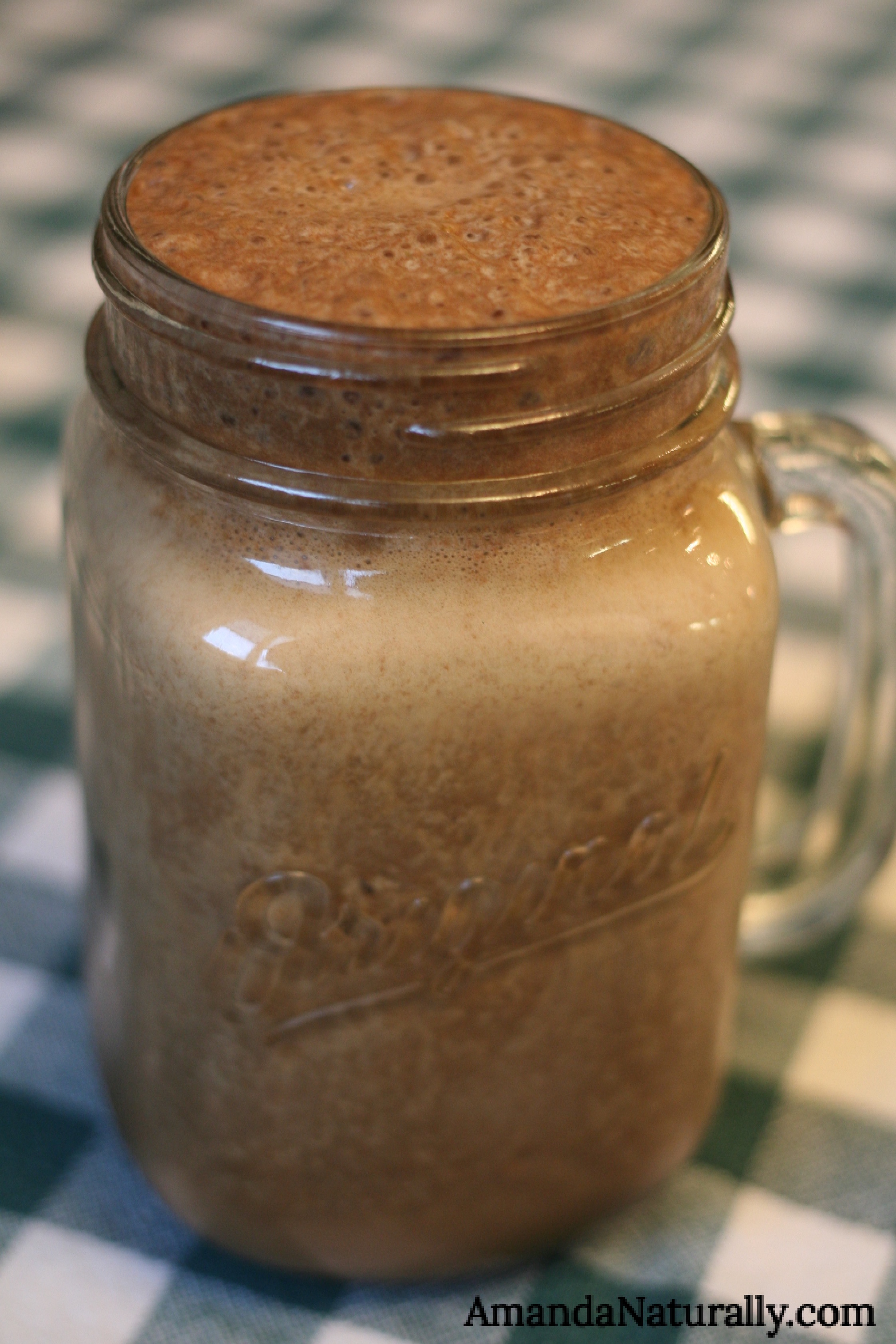
Two years before even starting to try to conceive, I went off the birth control. I went off it for other reasons as well, and while this post isn’t about birth control and health, it is important to recognize that birth control is not a 100% safe and harmless pharmaceutical. This is not the time or place to discuss whether or not oral contraception is right for you, I just want to bring to light 2 major reasons why it is important to come off the birth control pill more than a month before trying to conceive.
- The birth control pill depletes nutrients. Building a baby requires nutrients. Lots of them. Like a seriously crazy amount. And if you’re just barely sufficient (or more likely depleted), do you think baby is going to take the hit? No way. Mom does. Baby will suck everything it needs from you and mom will be left with major nutrient deficiencies. In fact, many of the symptoms attributed to “pregnancy” may actually be pre-existing nutrient deficiencies rearing their ugly heads when your needs further increase. This may also play a role in why so many women experience the onset of health conditions (often autoimmune) after pregnancy, and why the 2nd pregnancy is often harder than the first since you go in further depleted than the first.
- The birth control pill artificially controls your hormones and floods your body with excess estrogen. While this is very effective for contraception, it can seriously mess with our natural hormonal processes. The body is very good at not wasting energy or resources when it doesn’t have to. So if it’s not required to manage your hormonal cycle, it’s not going to. That’s why it can take months to normalize after coming off. Which was exactly my experience – it was 3 months before I got my period, and 8 months before I ovulated, and a full year before things were working like clockwork. Imagine if I had gone off the pill and hoped to get pregnant the next month? That would have been devastating. And I would probably have ended up down the road of fertility treatments, simply because my body hadn’t normalized yet.
My recommendation is always to give yourself as much time between coming off the pill and trying to conceive as possible. Ideally 1 full year, and if you don’t have that time, aim for 6 months. But during those 6 months it is recommended that you work with someone to rebalance your hormones and flood the body with the nutrients that were depleted from continuous use of oral contraceptives.
Here are some great resources about oral contraception and for helping coming off the pill:
The Pill, Sex Drugs and Mood Swings Part 1 (Part 2 and Part 3)
5 Reasons to Come Off The Birth Control Pill 2+ Years Before You Plan To Start a Family
Birth Control Pills: How They Work, Benefits, And Risks
Birth Control Unlocked: Your Body, Your Options, Your Guide
How to Recover from Long Term Use of Birth Control Pills
Alternative Contraception Methods:
1. Taking Charge of Your Fertility by Toni Weschler – hands down the most informative book on learning how your body works and the Fertility Awareness Method. The subtitle is “The Definitive Guide to Natural Birth Control, Pregnancy Achievement, and Reproductive Health” which couldn’t be more accurate. I know a lot about the body, and my husband (a naturopath) knows even more and we learned SO much from this book. I couldn’t stop reading it! I used it to effectively prevent conception prior to when desired (in combination with the barrier method, see below) and it was very helpful once we did want to conceive!
2. Barrier Method – the old fashioned barrier method (a.k.a. condoms) are still one of the most effective methods of contraception, if used correctly. However, one of my biggest issues with condoms is the materials they are made of and the sketchy ingredients in the lubricant and/or spermicide. The brands I recommend are Glyde and Sir Richard’s (bonus with this brand is they donate a box of condoms for every box you buy!).
3. Withdrawal Method (A Sex-Educator’s Take) – if it would absolutely be the worst to get pregnant, or you’re particularly anxious about it, combining the Fertility Awareness Method with a barrier AND withdrawal on your highly fertile days can be helpful in reducing stress and actually enjoying yourself!

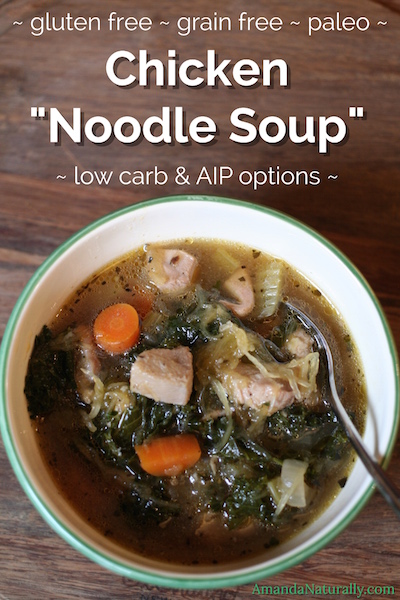 Anyone else love chicken noodle soup? I certainly do. It reminds me of when I was a kid and my mom would make it to make me feel better!
Anyone else love chicken noodle soup? I certainly do. It reminds me of when I was a kid and my mom would make it to make me feel better!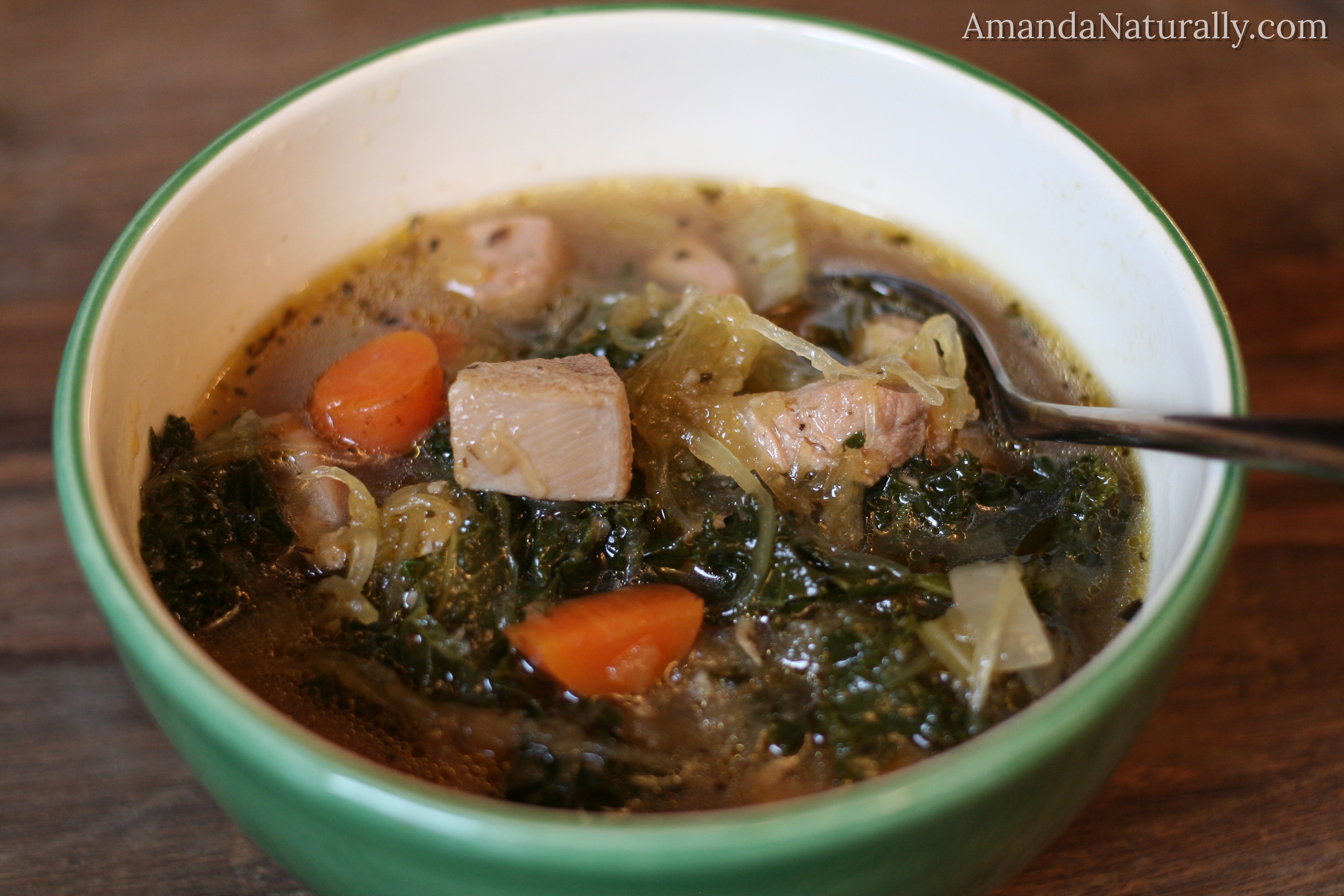
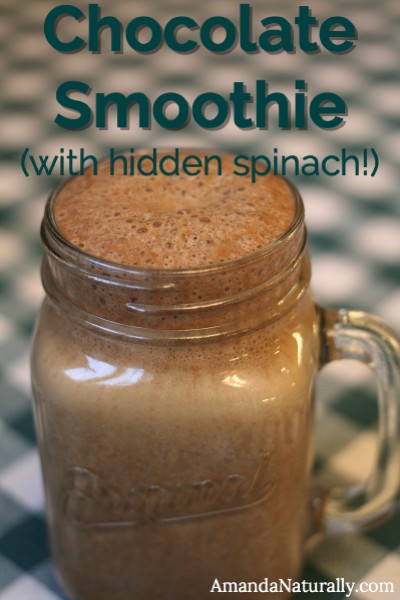 Ah the smoothie. The breakfast that always sits on a pedestal. Even if it’s full of crappy ingredients, the word “smoothie” always brings to mind healthy, fit individuals. Is that legit? Well, in some cases maybe – so let’s sort out all the info.
Ah the smoothie. The breakfast that always sits on a pedestal. Even if it’s full of crappy ingredients, the word “smoothie” always brings to mind healthy, fit individuals. Is that legit? Well, in some cases maybe – so let’s sort out all the info.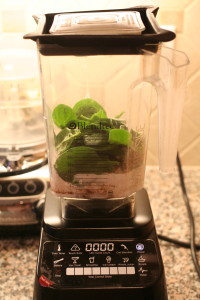 Omega-3’s! I hate to break it to you, but the type of omega-3 found in flax seed is ALA and unfortunately, that’s not the form our bodies need. We need EPA and DHA. Sure we can convert some ALA to the usable forms, but at the rate of 0.5-2%. So yeah, not very efficient. One bite of salmon gives you the same amount of omega-3’s as a whole whack of flax.
Omega-3’s! I hate to break it to you, but the type of omega-3 found in flax seed is ALA and unfortunately, that’s not the form our bodies need. We need EPA and DHA. Sure we can convert some ALA to the usable forms, but at the rate of 0.5-2%. So yeah, not very efficient. One bite of salmon gives you the same amount of omega-3’s as a whole whack of flax.

